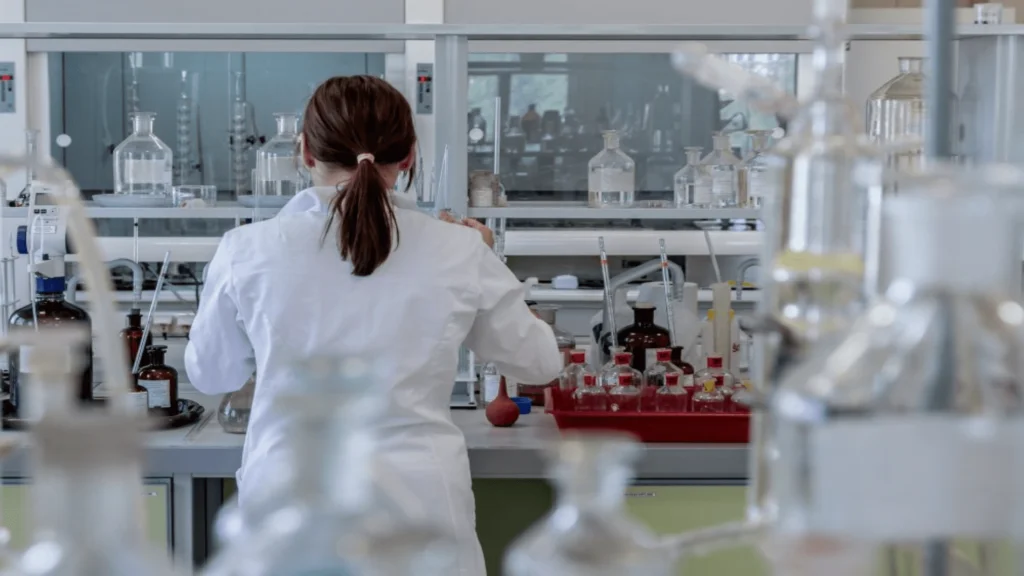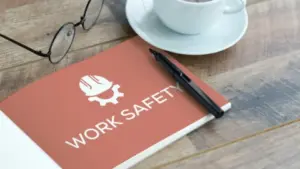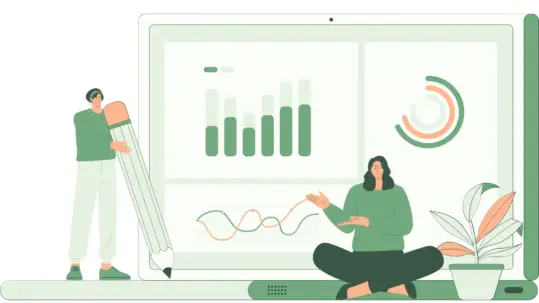
24 Mar Translation of safety data sheets: all the aspects to consider
If you don’t work in the chemical industry, chances are you’ve never heard of a safety data sheet. However, SDSs are essential for protecting consumers from risks and hazards. In this article we will explore all the peculiarities and challenges of translating safety data sheets.
When we talk about chemical compounds, we are not only referring to substances created in laboratories and used for experiments and tests. Indeed, compounds are also present in our homes: think of bleach, for example.
Although potentially very useful (even for more complex purposes than simple household cleaning), chemicals can actually be extremely dangerous if not handled, stored or disposed of properly.
Speaking of bleach, think of all the dangers this compound could pose: fire hazards, health hazards in case of inhalation, not to mention possible environmental damage in case of improper disposal.
For this very reason, chemical distributors are required to include a product safety data sheet with several key pieces of information to avoid problems for consumers and the environment.
Take note: a safety data sheet should not be confused with a product data sheet, which we discussed a few weeks ago. While the latter serve primarily to communicate information about the technical characteristics of a product, safety data sheets, on the other hand, are intended to inform about the risks and precautions to be taken in the use, disposal and storage of a chemical compound.
We have already extensively discussed technical translations. Today we want to focus on safety data sheet translation, an extremely delicate and important type of translation that requires the translator have specific skills in order to avoid errors and misunderstandings that could cause serious harm to the end user.
Safety data sheets: what are they?
Before delving into the peculiarities of translating safety data sheets, let’s make sure we have a clear understanding of what they are.
Safety Data Sheets, or Product Safety Data Sheets, are technical documents that provide detailed information on safety protocols for the use of a specific chemical substance or product.
A safety data sheet is thus an important source of information for operators who use or handle chemicals, as it provides information on chemical composition, safety precautions to be taken and possible first aid measures in case of exposure.
Safety data sheets are usually prepared by the chemical manufacturer or distributor, and are mandatory for some chemicals (especially those classified as hazardous to health or the environment).
We can therefore conclude that SDSs help to ensure the safety of workers and the public by providing crucial information on chemical handling and emergency measures in case of problems, with the ultimate goal of preventing accidents and injuries.
What does a safety data sheet look like?
The format of safety data sheets is internationally standardised based on the classification, labelling and packaging system (CLP) of the European Union and the Globally Harmonised System (GHS) of the United Nations.
Some of the information that must be contained in an SDS includes:
- Product name, manufacturer, version number, revision dates.
- Chemical substances in the product, with their concentrations.
- Description of potential hazards associated with the product, such as fire, explosion, skin or eye irritation, and others.
- First aid measures in case of product exposure (skin contact, ingestion or inhalation).
- Physical and chemical properties such as density, melting point, boiling point, pH and more.
- Information on product toxicity and possible effects on health.
- Information on the effects of the product on the environment and biodiversity, as well as advice on proper disposal of the product and its packaging.
In light of all this, let us now look at some peculiarities of translating safety data sheets.
Translation of safety data sheets: peculiarities and challenges
In general, translating a safety data sheet requires paying special attention to:
- Terminology: safety data sheets contain very specific technical language, so thorough knowledge of the field is necessary. The translator must be able to correctly identify the terminology used in the original text and accurately translate it for the target market.
- Standards and regulations: as we have seen, safety data sheets must comply with specific European and international regulations. Therefore, a translator of a safety data sheet will need to be clearly familiar with the relevant laws and regulations in both working languages.
- Culture: safety data sheets could contain warnings, precautions, or information specific to a particular culture or geographic area. For example, consider countries where the use of plants or natural substances for medicinal or ritual purposes is common. In that case, a product sheet should explain how a specific chemical might interact with the natural substances used (and perhaps suggest, for example, that rooms be well ventilated to avoid contamination). However, this aspect could be completely irrelevant in other cultures.

- Clarity: safety data sheets are used to provide information on how to safely use a chemical. Therefore, it is essential to provide a clear, concise and easily understandable translation.
- Formatting: as we mentioned, safety data sheets often follow a set pattern, with specific sections and information. The translator must therefore pay attention to the original formatting and make sure that the translation respects the source structure.
- Importance of CAT: a safety data sheet very likely contains pictures, tables and diagrams. It is therefore essential for the translator to know how to use translation support tools and graphic editing programs so that these elements can be translated and included in the SDS without omissions or errors.
Creative Words is an ISO-certified translation agency that has been committed to providing quality translations according to the highest industry standards for years. If you need to translate a safety data sheet, contact us obligation-free: we will be happy to evaluate the most suitable solution for your needs together with you.






